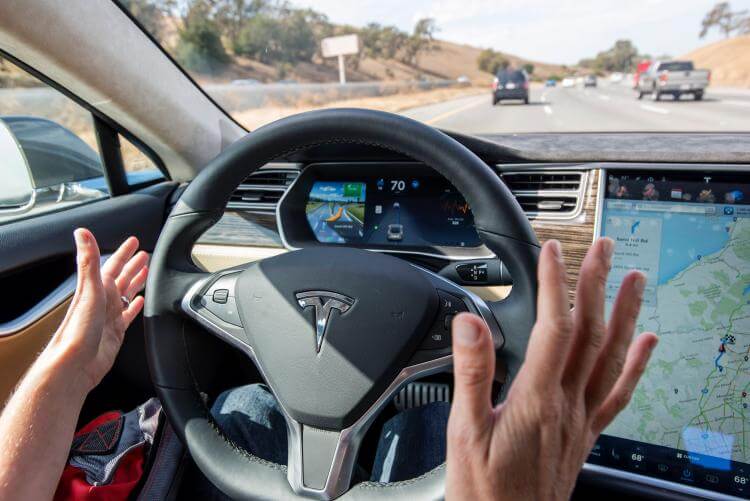From Guest Blogger Jenny Harrison: Green Living–What You Can Expect from the Smart Cars of the Future

With Tesla being the giant of autonomous cars, followed by Google, Uber and even Apple with their innovations, autonomous vehicles will soon be a part of our culture. However, what most people don’t know is that driverless cars will be a lot more than just an intelligent car.
The additional benefits may include societal and environmental implications that will help in developing an eco-friendly society and environment. This article will brief you on the basics of driverless cars and how environmentalists can benefit from this technology.
What are driverless cars?
The concept of self-driving cars was first inaugurated by Tesla and further improvised and accepted by other tech giants. Driverless cars solely depend on software for driving and navigation.
Due to risk factors, there aren’t any autonomous cars being driven in the world yet, however, partially autonomous cars are gaining huge popularity among users with their conventional brake assistance to independent operations.
Researchers define the different levels of the autonomous card in 5 steps:
- Major complex systems are controlled by humans, the reason why manufacturers are still experimenting with partially autonomous cars.
- Automatic brakes, cruise system, and self-parking are systems that the car is capable of controlling itself.
- Two main functions, like; steering and speed still require human assistance in running the main operations.
- Due to high risk, the car can manage safety-related tasks itself but still requires control from the driver in certain situations.
- Driverless cars can easily track GPS and follow simple routes.
The computer systems in driverless cars replace the traditional drivers. The vehicle runs on LIDAR (laser radars), including motor sensors, cameras, GPS and algorithms that allow the car to drive itself.
Eco-Friendly Benefits of Autonomous Cars
Emission
Most of the ‘driverless’ urban transport vehicles manufactured now are completely electric.
But even if your car’s battery is powered by the clean energy you’re still an active participant in emission. However, producers are making sure driverless cars use less gas and energy as compared to driving a human vehicle.
Driverless cars eliminate the factors of speeding up and brakes that burn gas when driving. These are specially made to consume more battery power and make the environment less polluted.
Production of autonomous cars will not only benefit the environment but also improve the lifestyle. Tesla’s semi-electric truck focuses on making AV technology safer and encourages vehicle sharing.
One driverless car can be used by all members of the household. From picking kids from school to dropping parent off at work and later picking them up. The built-in technology and routes allow the car to travel to desired destinations and park itself too. It is also assumed that driverless cars will be more lightweight due to light and easy to handle batteries and the system would not require any heavy safety precautions.
This is highly effective in reducing unwanted traffic and emission from the roads resulting in an eco-friendly environment breathable for all.
Fewer Accidents
Majority accidents are caused by humans, whether from reckless driving, drunk and texting or any human error. Humans are the most unreliable and dangerous components of driving.
In a recent update from Tesla on the usage of the Autopilot feature, CEO, Elon Musk was convinced that holding a crucial feature from public release would cost the company its credibility and trustworthiness, considering how safe the Autopilot feature is as compared to human drivers. It may be difficult for a human to decide in a split second but for an automated technology that has been tested and tried on thousands of simulations, an error is not even an option.
The increased sales of autonomous cars will save the lives of hundreds of human and animals that are found dead struck by some car in the middle of the night.
Traffic Control
With the increase in population, urban areas are becoming common for highways, traffic, and overheads leaving little to no way for pedestrians and cyclists. With driverless cars, innovators are eager to product complimentary solutions to aid the movement of these vehicles.
Researchers at MIT proposed the idea of “smart traffic light system”. This system focuses more on creative opportunities for autonomous vehicles, opening roads for smooth motion and creating Green space for pedestrians and traffic to flow.
Moving in and out of the city will become a lot easier and encourage people to move to urban areas for a better lifestyle.
In conclusion, we can vouch for the fact that driverless cars will be a great challenge for the world. But it will effectively reduce emission, eliminate human and animal deaths caused by accidents, and allow environmentalists to focus more on green space on the roads.
